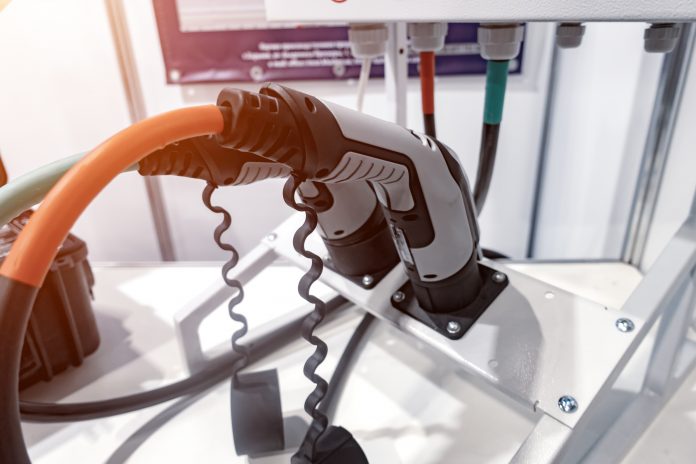The Government has awarded £49 million to low carbon automotive projects across the UK to support the automotive sector’s journey to go green and create thousands of new jobs
31 projects will receive £10 million from the government’s Automotive Transformation Fund to support the development of low carbon emission technologies for vehicles. One winning project, Thurso+, will look at upscaling a battery cell production facility in Scotland.
Meanwhile, £29 million is being awarded to 6 projects through the government’s APC16 competition, with winners expected to create 2,880 jobs and save 15.8 million tonnes of CO2. One project will develop infrastructure to collect and recycle electric vehicles and their batteries and is expected to create over 500 jobs.
Finally, 12 projects have been selected as part of the government’s £10 million Advanced Route to Market Demonstrator (ARMD) competition, including a project led by Nissan which will implement automation technologies to quickly charge electric vehicle batteries in the factory.
Minister for Business and Industry Nadhim Zahawi said:
“The UK is leading the global battle against climate change, and by developing cleaner vehicles, our automotive industry will help make our net zero ambitions a reality.
“Backed by government funding, these trailblazing projects will help Britain to build back better by creating all-important green jobs, ensuring the sector can make further strides towards an electrified automotive future and helping to address one of the biggest challenges of our time: making transport greener.”
Transport Minister Rachel Maclean said:
“Today’s £49 million investment in projects from retro electric motorcycles to high-power batteries, will boost our transition to zero-emission vehicles, helping us meet our greenhouse gas reduction goals and driving growth by increasing skilled jobs in the UK automotive sector.
“This funding comes hot on the heels of the £2.5 billion support we have announced to encourage the take-up of electric vehicles and enhance chargepoint infrastructure across the wider roads network.”











